Dr. P.A. Smithe was sent by the American Red Cross as a doctor and surgeon to work at a hospital in Vienna. He sailed to Europe in December 1915 and returned home in August 1916, according to his daughter, who donated his images to the National World War I Museum. Along the way he photographed what he saw in those months, before the Unites States declared war in 1917 against several of the countries whose troops Smithe photographed the most. The images are part of the collections of The National World War I Museum in Kansas City, Mo. On July 28, 1914 the Austro-Hungarian Empire declared war on Serbia, which escalated into World War I.

Turkish soldiers ride in horse-drawn carts, still a frequently used means of transportation at the time. (Photo by Dr. P.A. Smithe/National World War I Museum, Kansas City, Mo.)
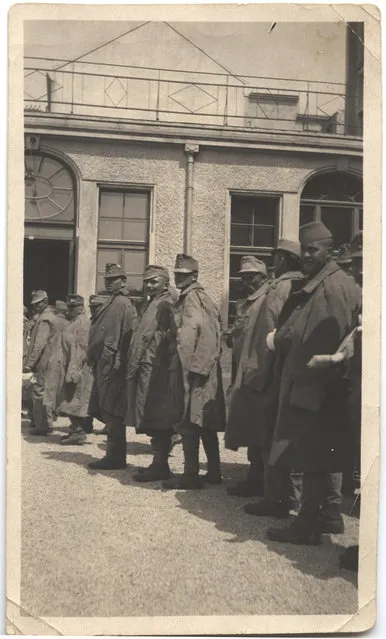
Injured French soldiers standing outside the American Red Cross hospital at Vienna. (Photo by Dr. P.A. Smithe/National World War I Museum, Kansas City, Mo.)
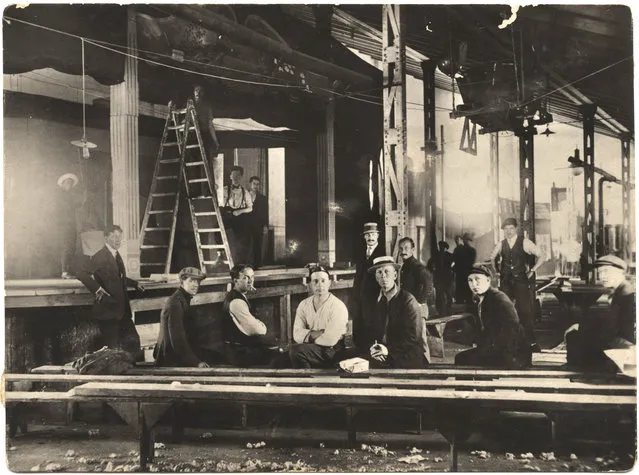
Civilians at the Ruhleben Prisoner of War camp. Caption on back: Smithe writes “A typical scene from the Ruhleben Concentration Camp for Englishmen: Glimpse of the theatre hall for English civilian prisoners at Ruhleben. In addition to theatre and music hall performances, as well as concerts, moving picture shows are held in this hall”. (Photo by Dr. P.A. Smithe/National World War I Museum, Kansas City, Mo.)
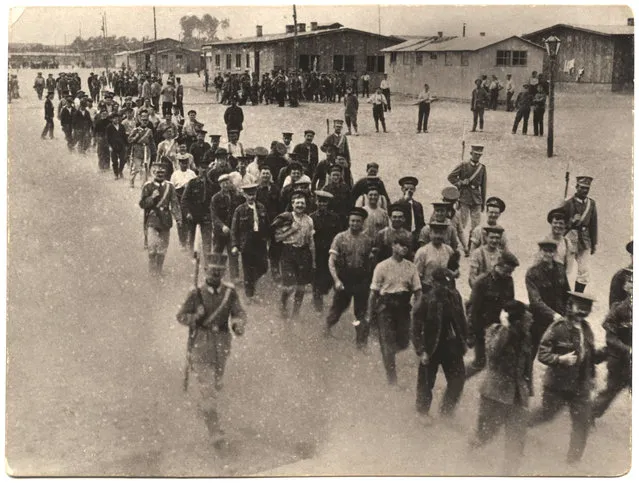
German soldiers escort French soldiers at a prisoner of war camp. (Photo by Dr. P.A. Smithe/National World War I Museum, Kansas City, Mo.)
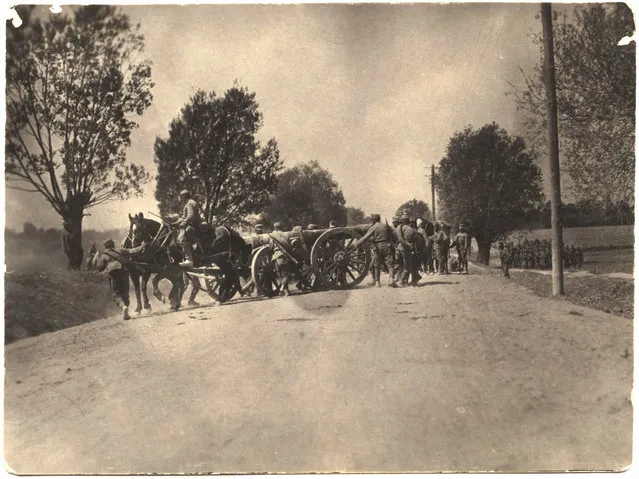
Austrian soldiers with large artillery. (Photo by Dr. P.A. Smithe/National World War I Museum, Kansas City, Mo.)

German soldiers and officers ride on horseback down an unidentified street in a town. (Photo by Dr. P.A. Smithe/National World War I Museum, Kansas City, Mo.)
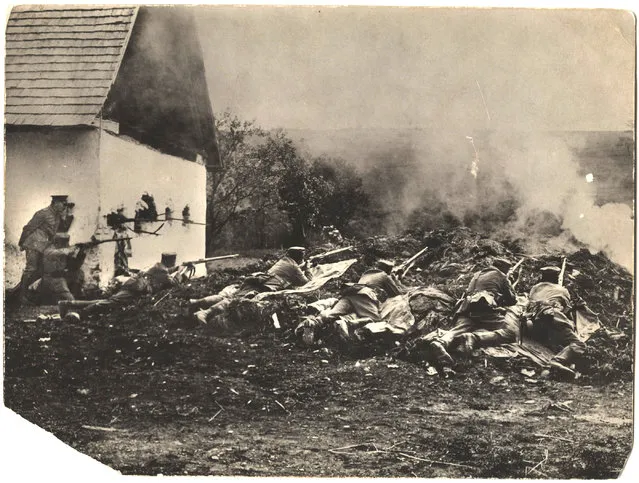
German troops fire on French soldiers. On the back of the photograph Smithe wrote “German troops repelling an attack. West front (France)”. (Photo by Dr. P.A. Smithe/National World War I Museum, Kansas City, Mo.)
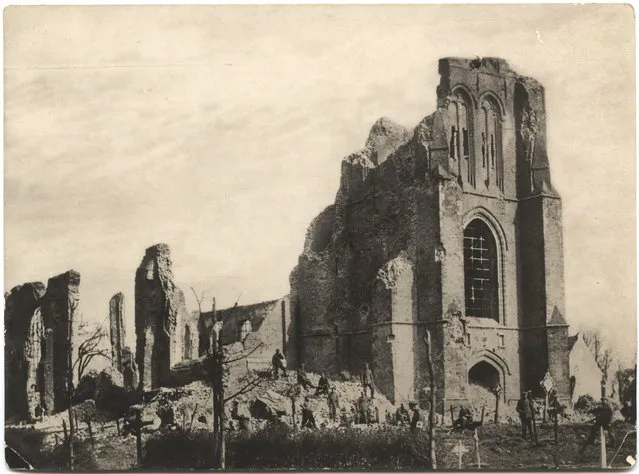
The ruins of an unidentified church. (Photo by Dr. P.A. Smithe/National World War I Museum, Kansas City, Mo.)
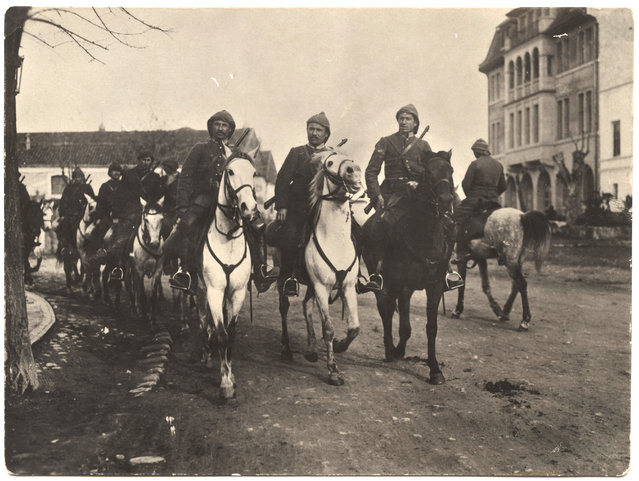
Turkish army, including cavalry, infantry and artillery. (Photo by Dr. P.A. Smithe/National World War I Museum, Kansas City, Mo.)
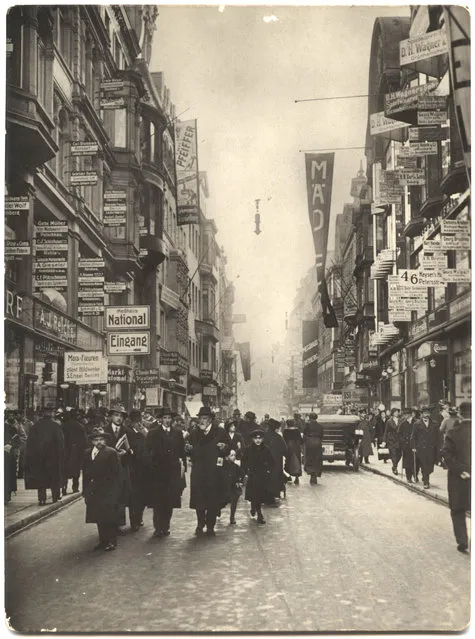
A street scene in an unidentified town. Signs along the buildings are in German. (Photo by Dr. P.A. Smithe/National World War I Museum, Kansas City, Mo.)

Turkish soldiers firing a large artillery gun. (Photo by Dr. P.A. Smithe/National World War I Museum, Kansas City, Mo.)
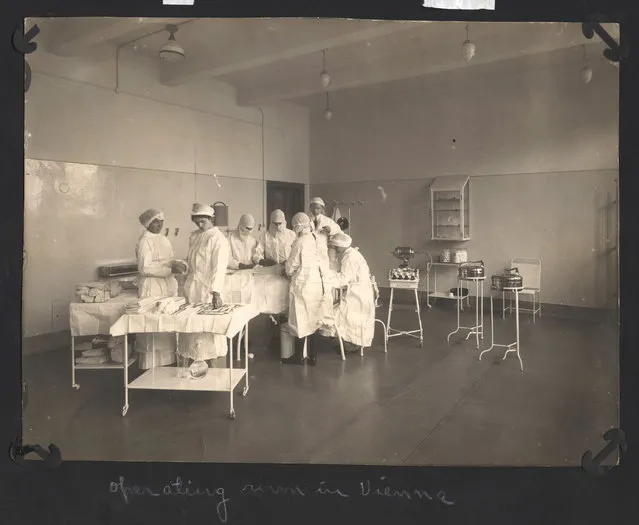
The operating room at the Vienna Red Cross Hospital. (Photo by Dr. P.A. Smithe/National World War I Museum, Kansas City, Mo.)
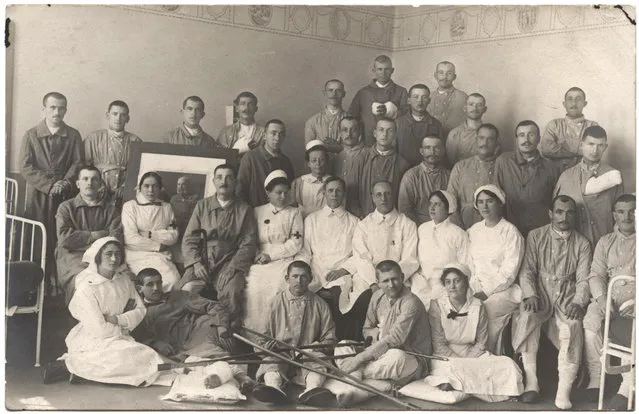
Staff and patients at the Vienna Red Cross Hospital. (Photo by Dr. P.A. Smithe/National World War I Museum, Kansas City, Mo.)
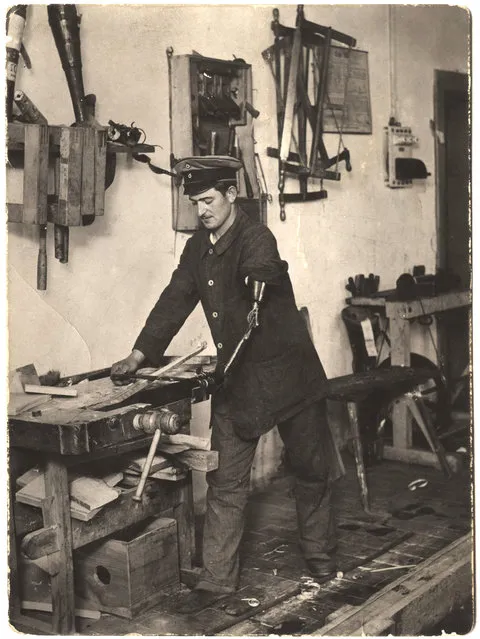
A German soldier works on shaving a piece of wood with a prosthetic limb for his left arm. (Photo by Dr. P.A. Smithe/National World War I Museum, Kansas City, Mo.)
29 Jul 2014 11:53:00,
post received
0 comments
